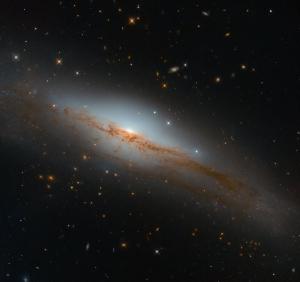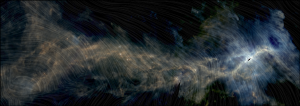Science
NASA, French Space Laser Measures Massive Migration of Ocean Animals

Researchers used the space-based CALIPSO lidar to measure the planet’s largest animal migration, which takes place when small sea creatures swim up from the depths at night to feed on phytoplankton, then back down again just before sunrise.
- Read more
- 308 reads
NASA Embarks on Five U.S. Expeditions Targeting Air, Land and Sea

Five new NASA field research campaigns investigating a number of phenomena across the United States get underway this year.
- Read more
- 254 reads
Giant magnetic ropes in the outskirts of a spiral galaxy

The spiral galaxy NGC 4631 is seen edge-on, with its disk of stars shown in pink. The observed magnetic field pattern is displayed by the hair-like structure in green and blue. It extends beyond the disk into the galaxy's extended halo. Green indicates magnetic fields pointing roughly toward us and blue fields pointing away from us. This phenomenon, with the field alternating in direction, has never before been seen in the halo of a galaxy.
- Read more
- 268 reads
NASA’s Webb to Unveil the Secrets of Nearby Dwarf Galaxies

The dwarf galaxy Sculptor, above, is a companion to the Milky Way galaxy. Astronomers will use Webb to study the motions of stars in Sculptor and Draco, another dwarf companion to the Milky Way. By studying how the stars move, the researchers will be able to determine how the dark matter is distributed in these galaxies.
- Read more
- 254 reads
Phoenix cluster is cooling faster than expected
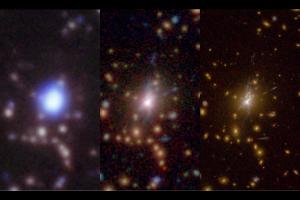
With increasing data quality (shown progressively, left to right, in images from 2012, 2015, and 2019) Assistant Professor Michael McDonald and colleagues can conclusively show that the black hole in the Phoenix galaxy cluster is not preventing star formation.
- Read more
- 269 reads
Hubble Studies Gamma-Ray Burst with the Highest Energy Ever Seen
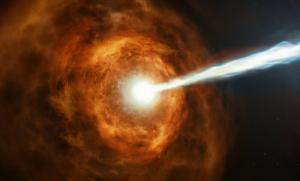
GRB 190114C (Artist’s Impression)
- Read more
- 268 reads
A Weakened Black Hole Allows Its Galaxy to Awaken
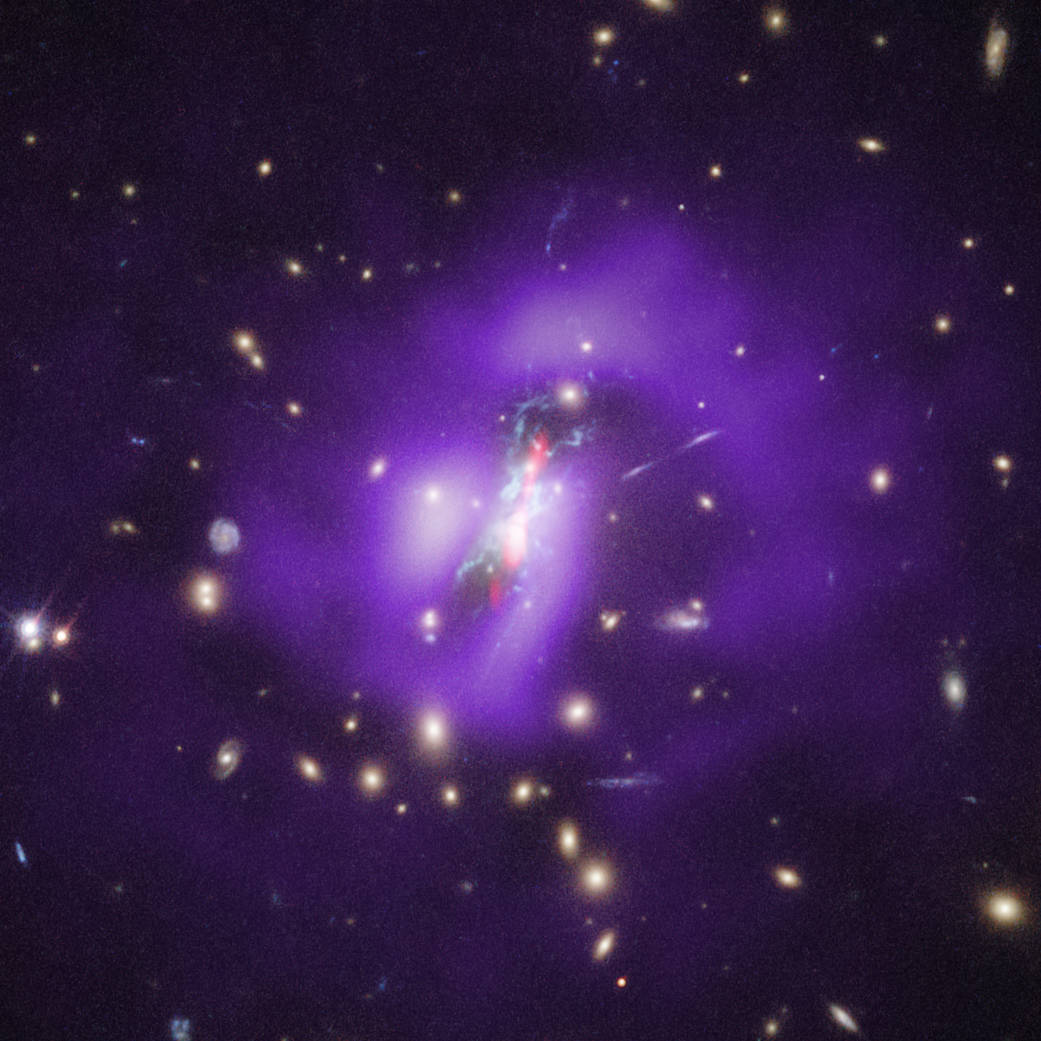
A Weakened Black Hole Allows Its Galaxy to Awaken
- Read more
- 289 reads
NASA Scientists Confirm Water Vapor on Europa

On the left is a view of Europa taken from 2.9 million kilometers (1.8 million miles) away on March 2, 1979 by the Voyager 1 spacecraft. Next is a color image of Europa taken by the Voyager 2 spacecraft during its close encounter on July 9, 1979. On the right is a view of Europa made from images taken by the Galileo spacecraft in the late 1990s.
- Read more
- 296 reads
Human Rights
Fostering a More Humane World: The 28th Eurasian Economic Summi

Conscience, Hope, and Action: Keys to Global Peace and Sustainability

Ringing FOWPAL’s Peace Bell for the World:Nobel Peace Prize Laureates’ Visions and Actions

Protecting the World’s Cultural Diversity for a Sustainable Future

Puppet Show I International Friendship Day 2020
